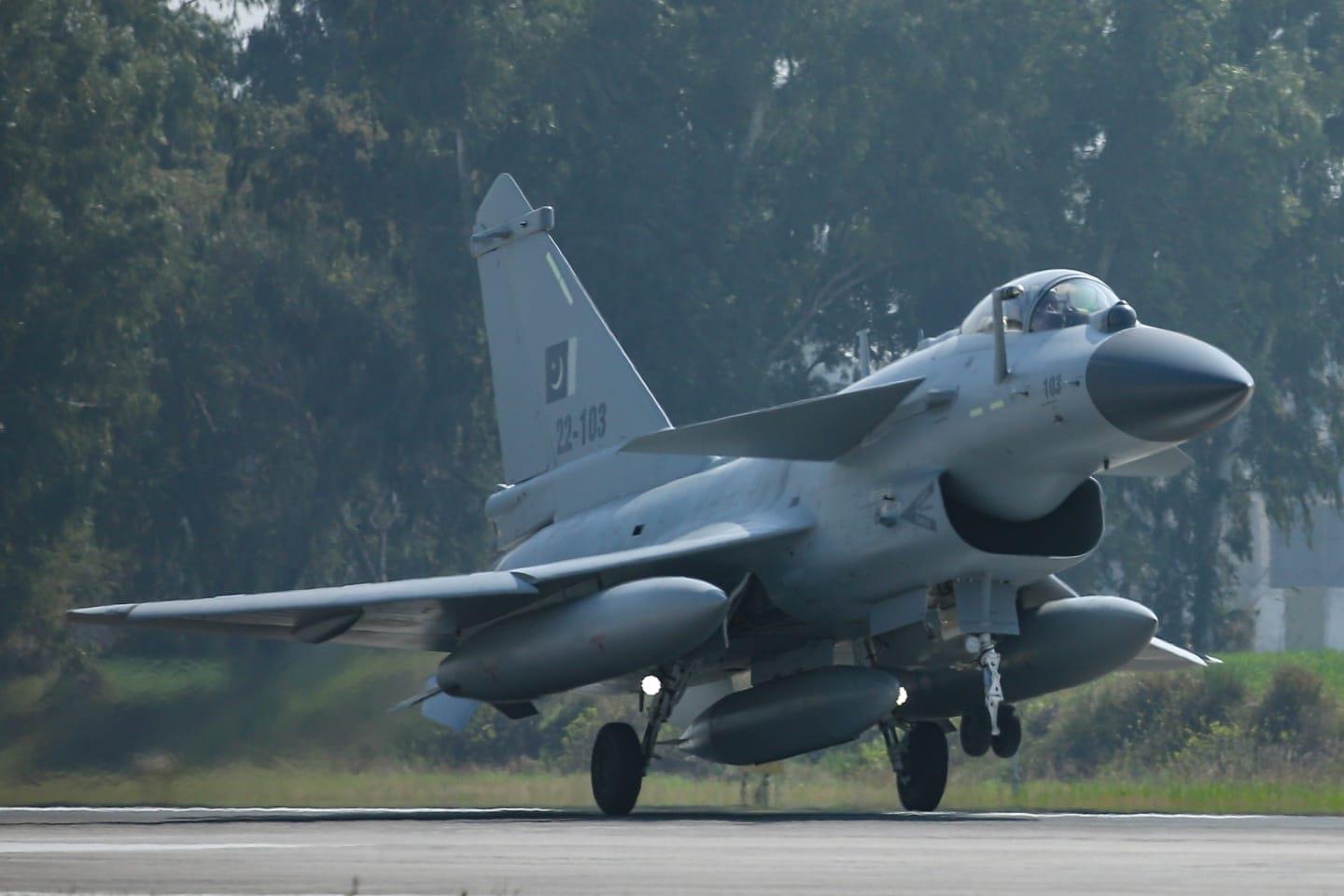China has positioned its J-10 Vigorous Dragon fighter jets just 300 kilometers from the Indian base housing Rafale jets, adding a new dimension to the military posturing along the Line of Actual Control (LAC). While the presence of J-20 jets has been well-documented, the deployment of J-10s, considered challengers to the Rafale, has not received as much attention. These J-10s are the only fighters stationed on both the Chinese and Pakistani sides of the Indian border.
Pakistan has integrated these single-engine multi-role fighters to specifically counter the Rafale jets acquired by the Indian Air Force (IAF). The key question is whether India’s Rafale and LCA Tejas MK1A jets can effectively challenge the capabilities of the J-10s.
According to the EurAsian Times, China has deployed these fighters along with six J-20s at the Shigatse Airbase, located less than 300 kilometers from Hasimara Air Base in West Bengal, where India’s Rafale jets are stationed. Unlike China, India does not have a fifth-generation aircraft in its arsenal.
The latest satellite imagery of China’s fighter jets coincides with India’s announcement to raise a new Army division for eastern Ladakh. Since the Galwan clash in 2020, relations have deteriorated, with Beijing criticizing the deployment of 10,000 Indian troops as harmful to peace and stability.
The Indian Army has been preparing for possible Chinese aggression with the onset of summer. During a visit to the US, Indian Army Chief General Manoj Pande received detailed technical-signal intelligence and satellite data on Chinese military movements in Tibet and nearby regions.
Despite these preparations, Indian air power urgently needs enhancement to match the combined capabilities of its neighbors. The induction of 36 Rafales was the initial step in modernizing the IAF’s aging fleet and addressing the declining number of fighter squadrons.
However, the delivery of the LCA Tejas Mk1A has been delayed, and there has been no progress on acquiring 114 Medium Role Fighter Aircraft or additional Rafale jets.
Pakistan added the J-10C to its fleet in response to India’s Rafales. Equipped with an indigenous AESA radar, the J-10C is designed for all-weather operations, primarily in air-to-air combat but also capable of strike missions. The J-10C is often compared to upgraded versions of the American F-16, featuring advanced avionics, beyond-visual-range engagement, and electronic warfare capabilities.
Retired Air Marshal Anil Chopra of the IAF believes comparing the J-10CE with the Rafale is “somewhat unfair” since the Rafale is a twin-engine, combat-proven jet with superior technology, weaponry, and combat experience.
The IAF faces challenges with only 36 Rafales and adversaries on both eastern and western fronts. The situation is different when comparing the J-10C with the indigenous LCA Tejas Mk1A, which is still under production. The IAF has ordered over 180 of these jets to replace the aging MiG-21 bison aircraft, but delivery has been delayed.
The IAF needs 42 squadrons for combat parity but currently has only 31. Phasing out MiG-21s without replacements would reduce numbers further. The J-10C is larger, heavier, and faster than the Tejas LCA, which offers better range and agility. However, the J-10C is already operational in China and Pakistan, while the LCA Tejas Mk1A is still being assembled.
The Indian government, emphasizing “Make in India,” has not proceeded with purchasing 114 Medium Role Fighter Aircraft from foreign manufacturers, an estimated $20 billion investment. The IAF’s overall deterrence capability has not kept pace with the existing threat perception, necessitating new-generation multi-role aircraft until domestic projects like Tejas Mk II and Advanced Medium Combat Aircraft are ready.
The Tejas Mk2 project, despite receiving official approval and funding in September 2022, is still pending due to reliance on US approval for engine technology transfer. The LCA Mk-2, featuring enhanced range and payload capacity, is expected to have significant improvements over the earlier variants, aiming to bolster India’s defense capabilities.





:quality(70)/cloudfront-us-east-1.images.arcpublishing.com/archetype/UXGSWPEZJVC6FPJXGDXG7QVOWU.jpg)
